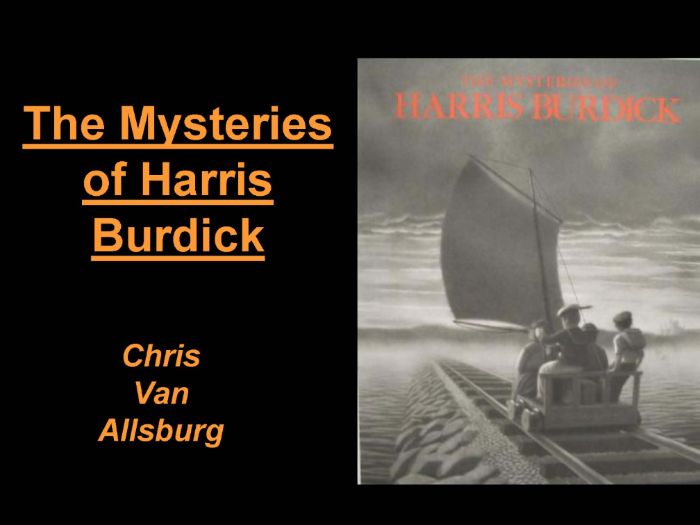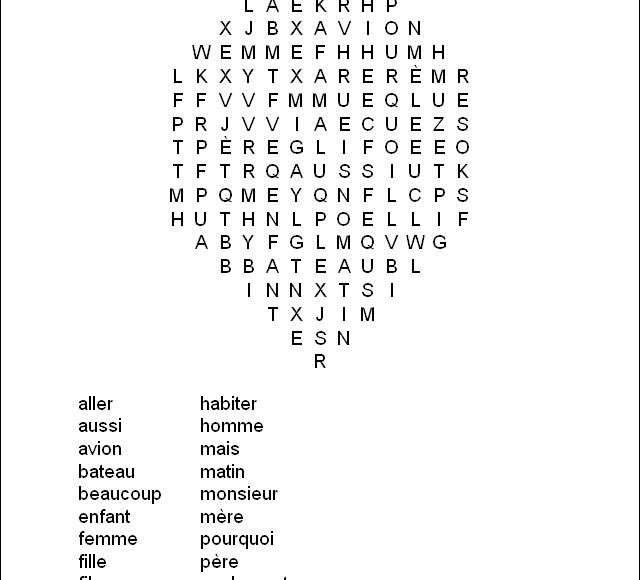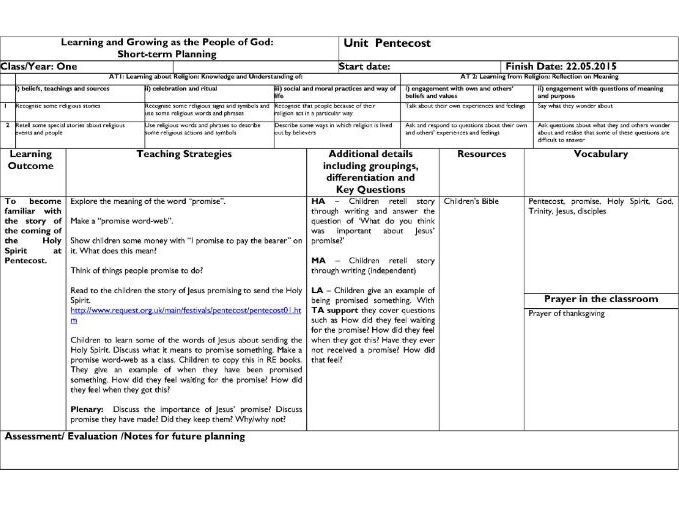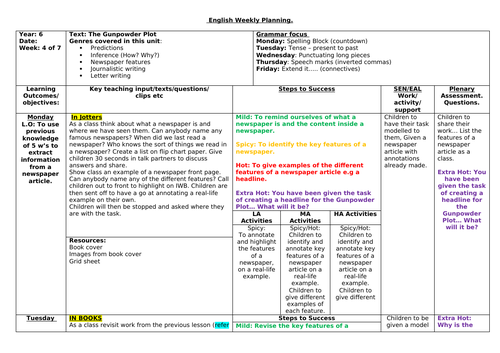404Uploads
120k+Views
40k+Downloads

Private Peaceful Michael Morpurgo Lesson Year 6 plus some Maths
Great lesson on this interesting book.
Plus some nice Maths.
Great for year 6.
sample :
Display the image from the front of the book. What does the title of the book tell you? What could the book be about? Why do you think that? Introduce the title.
Children to identify what the book is about? What is the theme? Genre? What makes you think this?
Children to make predictions about the book in groups using the cover – share and discuss ideas.
Share extract from blurb ‘As young Thomas Peaceful looks back over his childhood from the battlefields of the First World War, his memories are full of family life in the countryside.’ 5ws and predictions modelled by CT.
What has changed? Why has your opinion changed? What questions and predictions can you make now?
Resources:
Book cover, sentence starters, 5Ws sheet (LA), blurb extract
Children to be reminded of the previous lesson. What did we learn? What do we think the text book is about? What happened in chapter one? Play BBC schools episode 1 -
Children are to be given the first paragraph of the book. What is the theme? What is the genre of the book?
Children to use talk partners and class discussion to list the characters involved in the first chapter and paragraph. Who are the characters we have met? What do we know about Tommo and his older brother Charlie? What is their relationship like? In this chapter, Tommo starts a new school – how would he be feeling about this? Look at the kindness of Molly – why does she act this way? Why doesn’t big Joe go to school? How would this be different today?

Year 6 Maths Mean Median Mode Averages Range
A couple of nice lessons on these Maths topics.
Plus a little bit of spelling and formal and impersonal lessons.
sample:
LO: To state mathematical averages. (Hexagons and Pentagons)
For each of these questions, state the median, mode and mean average. Copy the data into your book. The layout is modelled in the first question.
MUST:
Maths Assessment Scores: 14 12 13 9 14 14
Mode:
Median:
Mean:
Football team Goals: 0 4 8 2 2 2 0 4 2 4
Visits to the seaside this year: 0 6 4 12 2 4 8 6 10 8
SHOULD:
4. Science Assessment Scores: 22 22 10 30 36
Hockey Team Goals: 3 6 12 0 0 0 9 12 10 6
Visits to Cinema in a year: 12 16 8 24 4 12 8 16 12 4
CHALLENGE
8. Spelling Scores: 6 7 9 2 4 5 0 4 1 2 6 5 5 5 8 9
Number in Family: 4 8 4 10 12 6 4 6 8 6 9 7
LO: To state mathematical averages. (Hexagons and Pentagons)
For each of these questions, state the median, mode and mean average. Copy the data into your book. The layout is modelled in the first question.
MUST:
. Maths Assessment Scores: 14 12 13 9 14 14
Mode:
Median:
Mean:

1000 Questions Counting Tables KS2 Fill in the Squares Mathematics
1000 questions where pupils have to fill in a counting square.
e.g. count by 2 from 8 to 56
All answers provided.
Good for drilling or time filling.
Each square is 5 by 5.

1000 questions Mathematics KS2 Multiple Addends 2 Digit Numbers
1000 questions Mathematics KS2 Multiple Addends 2 Digit Numbers
Pupils have to add up three 2 digit numbers.
All answers provided.

1000 Questions Addition Mathematics KS1 Adding Up
1000 questions with answers.
Pupils have to add up either 3 or 4 numbers under 10.

500 French Wordsearch KS1 KS2 Friday Afternoon Treat Homework France Wordsearch
A zip file containing 500 French wordsearches I’ve designed.
All answers provided.
10 sets of simple words. 50 different shapes.
A big file so please be patient when downloading.
Ideal for Friday afternoons, homeworks, fun etc.
Each worksheet has 20 French words to find.

Year 3 Planning Summer Term Literacy Mathematics Ref A
Important! If you’d like to buy the whole year’s planning (Autumn, Spring and Summer) you’d be better off buying my bundle.
This is planning for year 3 for a Summer term.
Plenty of great material here that you can adapt and cut and paste into your own school’s model.
After decades of teaching I’m retired from teaching now. I’d like to help the younger generation so I’m putting my plans online. I hope your Sundays will be made a little easier by cutting and pasting allowing you more free time.
You get:
Literacy planning e.g. Adventure and Mystery Stories 4 weeks, Authors and Letters 4 weeks, Plays and Dialogues 3 weeks
Numeracy 9 weeks
Creative curriculum (a bit)
RE (a bit - I taught mainly in Catholic schools so feel free to ditch this if you please)
Science (a bit)
You get 190 mb of material, which is good value in my opinion.
Remember, all schools are different so you will have to adapt my materials to suit your school. It’s not a silver bullet, but should save you lots of time as you can cut and paste.
Great for N.Q.T.'s and experienced alike.

15000 Questions Australian Coins Adding Up Maths Australia Mathematics Shopping
15000 questions on adding up Australian coins.
All answers provided.
I’ve added as much variety as I can. e.g. heads and tails, some mixed, some in ascending oredr, some descending, some mixed

Year 3 Planning Autumn Term Literacy Numeracy Ref A
Important! If you’d like to buy the whole year’s planning (Autumn, Spring and Summer) you’d be better off buying my bundle.
This is planning for year 3 for a Autumn term.
Plenty of great material here that you can adapt and cut and paste into your own school’s model.
After decades of teaching I’m retired from teaching now. I’d like to help the younger generation so I’m putting my plans online. I hope your Sundays will be made a little easier by cutting and pasting allowing you more free time.
You get:
Literacy planning e.g. Stories with a familiar setting 3 weeks , Instruction 3 weeks, Reports 3 weeks, Sentence structure recap 3 weeks, shape poetry 2 weeks
Numeracy planning 13 weeks worth
Creative curriculum (a bit) Tudors, Heroes
RE (a bit - I taught mainly in Catholic schools so feel free to ditch this if you please)
Science (a bit)
Pirate Day Planning
You get 75 mb of material, which is good value in my opinion.
Remember, all schools are different so you will have to adapt my materials to suit your school. It’s not a silver bullet, but should save you lots of time as you can cut and paste.
Great for N.Q.T.'s and experienced alike.

Year 2 Spring Term Planning Literacy Numeracy Mathematics Ref B
Important! If you’d like to buy the whole year’s planning (Autumn, Spring and Summer) you’d be better off buying my bundle.
Year 2 planning for the Spring term.
You get 70 mb of info which is good value imo
Literacy 12 weeks plans. Fantastic Mr Fox, Different Stories by the same author etc
Numeracy 13 weeks Securing number facts, understanding shape etc
Creative curriculum (bit) Great Fire of London, E Safety
P.E (a bit)
Science (a bit) materials, electricity
R.E. (a bit) Marriage. I taught in Catholic schools so feel free to ditch.

Year 2 planning Autumn Term Literacy Mathematics Ref B
Important! If you’d like to buy the whole year’s planning (Autumn, Spring and Summer) you’d be better off buying my bundle.
Planning for the Autumn term for year 2.
60 mb of info which is good value imo.
You get:
Literacy planning 12 weeks. Performance poetry, Stories with familiar setting etc.
Maths 14 weeks Measuring, Money etc
Creative curriculum (a bit) the Police
R.E (a bit) I taught in Catholic schools so feel free to ditch this.
Science (a bit) Forces and Motions, Health and Growth
Remember, all schools are different so you will have to adapt my materials to suit your school. It’s not a silver bullet, but should save you lots of time as you can cut and paste.
Great for N.Q.T.'s and experienced alike.

Planning Year 1 Spring Term Literacy Numeracy
Important! If you’d like to buy the whole year’s planning (Autumn, Spring and Summer) you’d be better off buying my bundle.
Planning for the Spring term for year 1.
You get 72 mb of material so good value imo.
I taught in Catholic schools so a Catholic bent. But as we live in a multicultural society, that is good.
You get planning for:
Creative Curriculum
Literacy
Numeracy
R.E.
Science (Animals and Plants)

Year 1 Autumn Term Planning Literacy Numeracy
Important! If you’d like to buy the whole year’s planning (Autumn, Spring and Summer) you’d be better off buying my bundle.
Planning for the Autumn term for year 1.
You get 160 mb of material so good value imo.
I taught mainly in Catholic schools so has a Catholic bent. But as we live in a multicultural society, this should be no problem.
You get planning for:
creative curriculum
Literacy
Numeracy
P.E. (some)
Science (some)
R.E. (Advent etc)
Loads of great lessons to ease your Sunday afternoons. Just cut and paste into your school template.
Bundle

Year 3 and Year 4 Complete Year's Planning Numeracy Literacy KS2 plus Mathematics Aesop Cloze Test Worksheets
Mega bundle.
Please look at my shop for full details.
Complete year’s planning for Year 3 and Year 4 plus:
Telling the time worksheets
Times Tables worksheets
Aesop close test worksheets
All answer sheets provided for worksheets.
Great value. Please be patient when downloading.

Year 1 RE Religious Studies Catholic Short Term Lesson Plans Advent Christmas
Save your Sundays!]
Short term RE Catholic based lesson plans.
Cut and paste and adapt for your school and enjoy a rest on Sunday.
Short plans on:
Pentecost
Advent
Christmas
Creation
Easter
Family and celebrations
Holy Week
Lent
Multicultural
Pentecost
Prayer
Sharing in Jesus’ Life

100 Sudoku Puzzles Plus Answers Easy level Maths Logic Fun Critical Thinking
100 Sudoku puzzles plus answers.
Sudoku is a popular and fun puzzle that can be used with math classes to reinforce logic and problem-solving skills. Each puzzle grid contains 81 cells, divided into 9 blocks made up of 9 cells. The grids are presented with only some cells filled with numbers. To solve the puzzle, each block must contain the numbers 1 through 9. In each block, each number can only appear once in a column, row or block. Then across all blocks, within the larger puzzle, each 9 cell column and 9 cell row can have a number appear just once.
Easy refers to the number of cells already filled in.

Year 6 Autumn Planning Gunpowder Plot Newspaper Reports
Some great year 6 short term Literacy planning.
Covers the Gunpowder Plot.
Brucie Bonus: some free Maths planning

1000 Questions Word Problems Multiplication
1000 questions
Answers provided.
Pupils have to read the instructions, work out the sum, then write it in.
Great for pupils who can multiply but get confused by the word element.

Roman Assembly Short Play History Key Stage 2
A short play on the Romans.
Great for a quick ten minute assembly or a part of a fun lesson.

Gandhi Four Weeks Literacy Lesson Matilda Roald Dahl Grammar Year 6
Four Weeks Gandhi work. Plus stuff on Roald Dahk Matilda.
All on word documents.
lots of great ideas.
A few other goodies thrown in for good measure.
Plenty of grammar as well with some great powerpoints.
the zip file contains loads. I have uploaded a few examples too so you get the feel.
sample planning :
L.O: Understand who Mahatma Gandhi was.
Success Criteria
Use limited information to deduce and infer.
Describe why Mahatma Gandhi was so well known and influential.
Consider what you would like to find out about him.
Start by showing the phrase ‘An eye for an eye makes the whole world blind.’ In table groups discuss what you think this means and what type of person you think may have said it.
Feedback, discuss and put on working wall.
Reveal that it was a man called Mahatma Gandhi who said this.
Show the trailer to ‘Gandhi’ DVD (1982).
All groups to complete a KWL grid.
What do I know?
What do I want to know?
What have I learnt?
APP links:
L.O: Use L5 adjectives to analyse a real character from history.
Success Criteria Take useful notes on a subject.
Generate L5 adjectives and phrases.
Use alliteration if possible.
Use PowerPoint to discuss Gandhi’s life further – children to make notes in SODA books.
Give each pair a minute to decide on one fact they think should be on working wall.
Make notes on working wall about his life to include:
Helped free Indian people from British Rule
Non violent protest based on courage and truth
Different ways of protesting
Started in South Africa then India
Governments were forced to listen to him and negotiate
Encouraged people to make their own resources rather than buying British.
Used fasting as a protest and a penance
Spent time in prison
Is known as the ‘Father of the Nation’
Birthday is a public holiday in India. Children to have a picture of Gandhi in the middle of their page.
Annotate with L5 adjectives and phrases to describe him.
Fire group (AA): Extended by CN to include alliterative phrases that could be newspaper headlines of his life.
Water Group (A): Working independently.
Air group (BA): Supported by assistant.























